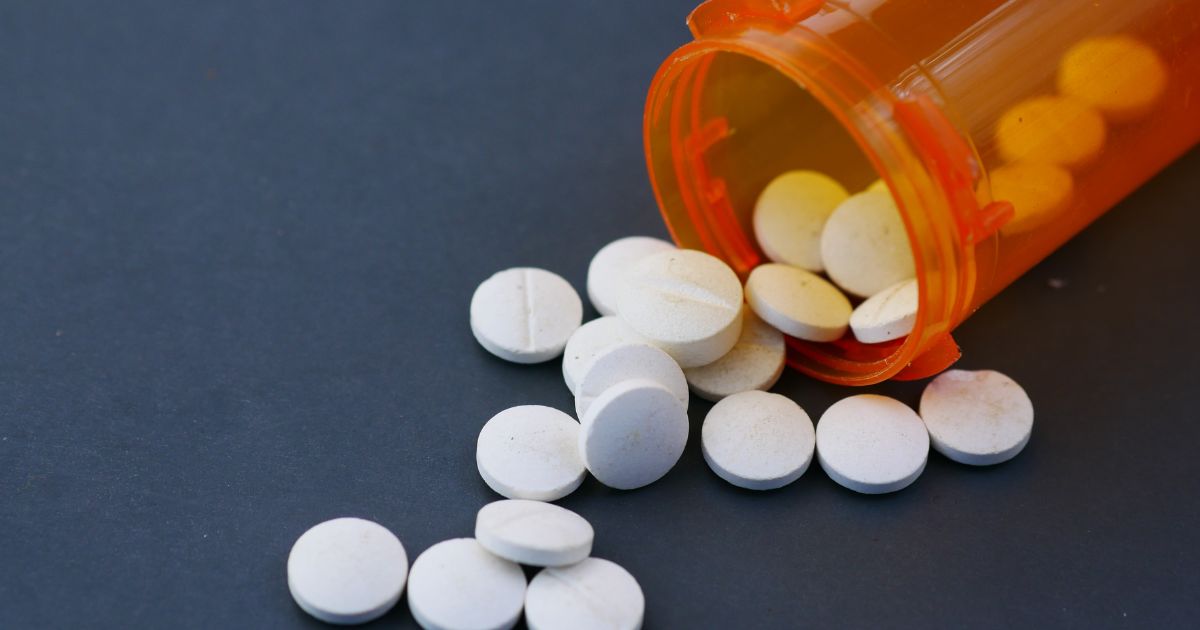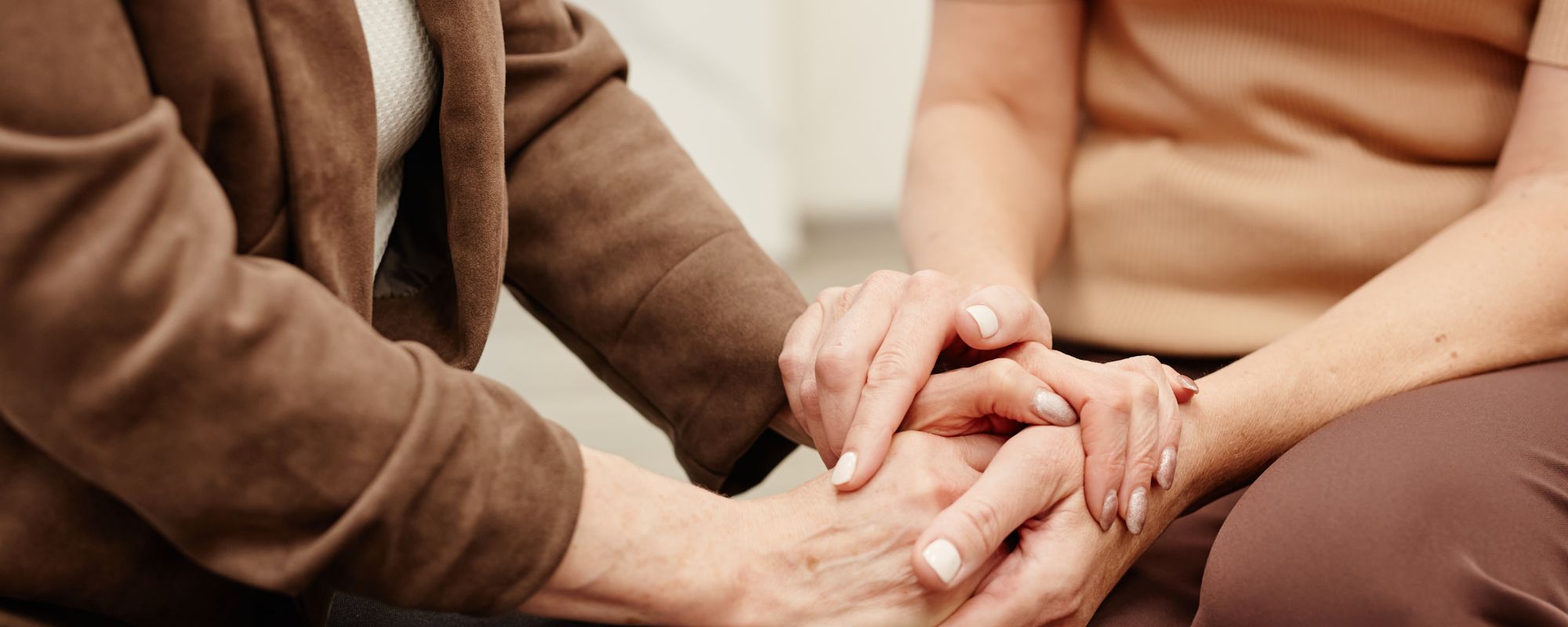El Chapo was born and raised in a small, rugged village in Mexico’s Sierra Madre mountain range; he called the village of La Tuna home. One of nine children, Joaquín “El Chapo” Guzmán Loera grew up to be one of the most notorious drug traffickers in the world. Joaquín “El Chapo” Guzmán is said to have trafficked over $14 billion worth of drugs into the United States— his cases is one of the biggest narcotics cases in U.S. criminal history.
El Chapo’s Roots
As one of eleven children, Guzmán quickly found ways to hustle and make some extra money for his family, lugging around bags of oranges to sell in his local village for a couple pesos profit. Guzmán’s mother recounts her son’s motivation to rise above the poverty and struggles he knew growing up. El Chapo has a third-grade level of education, and yet became a billionaire— gracing the Forbes Magazine list of billionaires several times. Overcoming poverty became El Chapo’s main goal, which he would surpass with a series of mass criminality.
Guzmán learned the trade of drugs from his father, who grew marijuana for local dealers and often looked to his son (El Chapo) for help in his drug trading affairs. El Chapo made his way into drug trafficking, quickly rising up the ranks and becoming the leader of the Sinaloa Cartel— a major drug trafficking organization that is known for violence and illicit drugs. “Worldwide, his notoriety is comparable with that of the Colombian cocaine king Pablo Escobar. In 2013, the Chicago Crime Commission (CCC) named Guzmán as Public Enemy No. 1, the only other person besides Al Capone that the CCC has given the title” (Grillo).
The Sinaloa Cartel
Cartels are nothing knew to Mexico, major cartels are constantly at war with each other, claiming lives of thousands on and off their home turf. “In Mexico, the clash between rival cartels fighting one another and security forces over billion-dollar trafficking routes and other rackets is estimated to have killed more than 119,000 people over a decade” (Grillo). To the United States, the Sinaloa Cartel is described to have the largest international footprint in regards to the trafficking of illicit drugs.
The Sinaloa Cartel is one of the oldest and most established cartels in Mexican history. El Chapo was allegedly head of the Sinaloa cartel, a major drug trafficking operation which mirrors the complexity of multi-billion dollar corporations. Chicago became the U.S. home of Sinaloa Cartel operations, sparking widespread concern from American officials.
King of the Underground
El Chapo lead operations for the Sinaloa Cartel, which trafficked billions of dollars worth of drugs. El Chapo oversaw mass production and distribution of marijuana, cocaine, heroin, and methamphetamines. These drugs were then smuggled into the United States by various affiliates of the Sinaloa Cartel. El Chapo is also linked to a lengthy list of violence, including murder. El Chapo is alleged to have murdered anywhere from 3,000-4,000 people.
El Chapo has been convicted of the following crimes to-date:
- murder
- drug trafficking
- money laundering
- racketerring
- organized crime
At the time of his arrest in 2014, Guzmán had imported more drugs into the United States than anyone else. El Chapo was responsible for building a shipping, transporting, and underground empire. El Chapo has a reputation as one of the most innovative drug cartel kingpins. El Chapo quickly became king of the underground; “He is accused of transforming tunnels, which began as natural under¬ground rivers below border cities like Nogales, into sprawling structures with railcars and electric lights” (Grillo). El Chapo has appeared on both Forbes Magazine Billionaires List and Most Powerful People List.
War on Drugs and Organized Crime
The war on organized crime became a priority for both the United States and Mexico, “President Felipe Calderón launched a military offensive against the cartels in 2006, which the U.S. supported under the Mérida Initiative, a cross-border partnership to fight organized crime. Over the following decade, the U.S. gave $1.6 billion worth of aid to Mexico, including Black Hawk helicopters and wiretap gear against cartels” (Grillo).
Charges Against El Chapo
El Chapo faced dozens of charges, many times through out his lengthy history of criminal activity. El Chapo faced charges in both his native Mexico, as well as the United States. Guzmán was “indicted in seven U.S. federal districts and is accused of being the leader of the Sinaloa Cartel, the murderous organization that prosecutors describe as the world’s largest and most prolific drug-trafficking organization” (Grillo).
El Chapo’s Arrests
El Chapo was first arrested in 1993, when he was captured in Guatemala and extradited to Mexico and sentenced to 20 years and 9 months in prison. This 20 year and 9 month prison sentence resulted from charges of drug trafficking, criminal association, and bribery. After being convicted of other charges, including: possession of firearms, drug trafficking, and murder, Guzmán was moved to a maximum security prison in Mexico called the Federal Center for Social Rehabilitation No. 2. While in prison, El Chapo had his cartel associates bring suitcases full of cash that he would use to bribe prison workers into giving him special treatment— reports say that prison officials were attending to El Chapo’s every need, making them seem like servants instead of prison officials. During his first prison sentence, El Chapo continued to run his cartel empire from his jail cell before he escaped prison in 2001 after allegedly bribing guards.
El Chapo was captured for the second time on February 22, 2014.”On 22 February 2014, at around 6:40 AM,[125] Mexican authorities arrested Guzmán at a hotel in a beachfront area in Mazatlán, following an operation by the Mexican Navy, with joint intelligence from the DEA and the U.S. Marshals Service” (Wiki). After his capture, Guzmán attended a press conference and was then transferred to Federal Social Readaptation Center No. 1, a maximum security prison in Mexico. During his second prison term, “He lived under 23 hours of solitary confinement with one hour of outdoor exposure. He was only allowed to speak with people during his judicial hearings (the prison guards that secured his cell were not allowed to speak with him)” (Wiki). However, these restrictions did not stop El Chapo from making his second prison break.
El Chapo’s third and final capture was on January 8th, 2016. This arrest was made following a raid on a safe house that left five gunmen dead, six arrested, and one Marine wounded. This capture was the final act in bringing El Chapo to justice by the criminal justice system of the United States. El Chapo faced trial after being “wanted in Chicago, San Diego, New York City, New Hampshire, Miami and Texas, in addition to having indictments in at least seven different U.S. federal courts” (Wiki). His Charges in the United States included: drug trafficking with intent to distribute, conspiracy association, organized crime against health, money laundering, homicide, illegal possession of firearms, kidnapping and murder in Chicago, Miami, New York and other cities (Wiki). In trial, “on 20 January 2017, Guzmán pled not guilty to a 17-count indictment in the United States District Court in New York…Guzmán was found guilty of all counts on 12 February 2019, and will be sentenced on 25 June 2019” (Wiki). The fight to secure one of the most wanted criminals in history was finally over.
Prison Break
During his first prison term in Mexico, El Chapo was indicted to stand trial in San Diego on money laundering and drug trafficking charges— before being extradicted to the United States, El Chapo made his first prison escape in 2001. This prison escape was made possible with an extensive plan and the cooperation of dozens of prison officials. El Chapo was allegedly wheeled out of the prison by a worker, hidden in a laundry cart and transported to a get-away car waiting outside for him. “Guzmán was known among drug lords for his longevity and evasion of authorities, assisted by alleged bribes to federal, state and local Mexican officials” (Wiki). El Chapo evaded law enforcement officials for 13 years following his first prison break.
On July 11th, 2015, El Chapo escaped the maximum security prison he was being held at. “The 2014 capture of Guzmán was one of the biggest triumphs for Mexican President Enrique Peña Nieto. But the alleged kingpin’s escape the following year from Mexico’s top security prison was one of his biggest embarrassments. Officials said Guzmán left through a mile-long tunnel with a rail line” (Grillo). “After receiving medication, Guzmán was last seen by security cameras at 20:52 hours near the shower area in his cell. The shower area was the only part of his cell that was not visible through the security camera. After the guards did not see him for twenty-five minutes on surveillance video, personnel went looking for him. When they reached his cell, Guzmán was gone. It was discovered he had escaped through a tunnel leading from the shower area to a house construction site 1.5 km (0.93 mi) away in a Santa Juanita neighborhood” (Wiki). You may remember this second prison break as El Chapo’s escape became viral, resulting in thousands of comments across social media channels praising the effort El Chapo’s “friends” (associates of the Sinaloa Cartel) put in to digging a tunnel that would be the route of escape for El Chapo. The tunnel itself was insanely developed; “It was equipped with artificial light, air ducts, and high-quality construction materials. In addition, a motorcycle was found in the tunnel, which authorities think was used to transport materials and possibly Guzmán himself” (Wiki).
Public Opinion
In the United States, El Chapo is one of the most notorious drug traffickers. Regarded as a dangerous and reckless king pin, El Chapo’s reputation changes as you begin to head south. El Chapo became a local hero in Mexican villages, where he would frequent fiestas and hand out rolls of cash to members of the community. His local people loved and adored him, calling him a hero and inspiration. He took on the role of a humanitarian in small villages, taking on community services with anything from paving dirt roads to paying for medical care in hospitals.
Impact
El Chapo’s criminality, racking up “…26 drug-related violations and one murder conspiracy, according to the U.S. Department of Justice” was nothing in comparison to the consequences of his criminal behavior (Platts). El Chapo’s reign as kingpin of the Sinaloa Cartel had much more than just a criminal impact. The sheer volume of drugs that El Chapo trafficked into the United States played a massive role in the drug culture and addiction of today’s society.
The United States was finally able to hold Guzmán accountable for his destruction, after having him extradited to the U.S. to face his charges. El Chapo trafficked over $14 billion worth of marijuana, cocaine, heroin, and methamphetamines into the United States— more than any other person or organization in the world. Guzmán’s activity left the United States helpless for decades as the war on drugs took countless lives, resources, and hits from organized crime. The actions of the Sinaloa Cartel caused thousands of Americans to become addicted to drugs being smuggled in from Mexico and the Central and South Americas. Many people idolize El Chapo for some unknown reason, despite his crimes that are clear to the destruction of innumerable lives. El Chapo played a massive role in perpetuating addiction, as he fought to supply the U.S. with billions of dollars worth of drugs that claimed hundreds of thousands of lives that it came in contact with. Finally, the United States can hold El Chapo responsible for the destruction he has caused.
We will keep you all updated with the proceedings that will take place during El Chapo’s sentencing on June 25th.
If you or someone you know is struggling with an addiction, please reach out to our team of addiction specialists at (877)-RECOVERY or (877)-732-6837. Our team makes themselves available to take your call 24 hours a day, 7 days a week. Because We Care.
References:
Grillo, Ioan. “What Joaquin ‘El Chapo’ Guzman’s Trial Means for War on Drugs.” Time, Time USA, LLC., 10 May 2018, https://time.com/longform/joaquin-guzman-el-chapo-trial/
Platts, Barbara, and Danielle Chiriguayo. “The Sinaloa Cartel sans El Chapo.” Marketplace, Minnesota Public Radio, 12 Feb. 2019, http://marketplace.org/2019/02/12/world/sinaloa-cartel-sans-el-chapo
https://en.wikipedia.org/wiki/Joaqu%C3%ADn_%22El_Chapo%22_Guzm%C3%A1n









